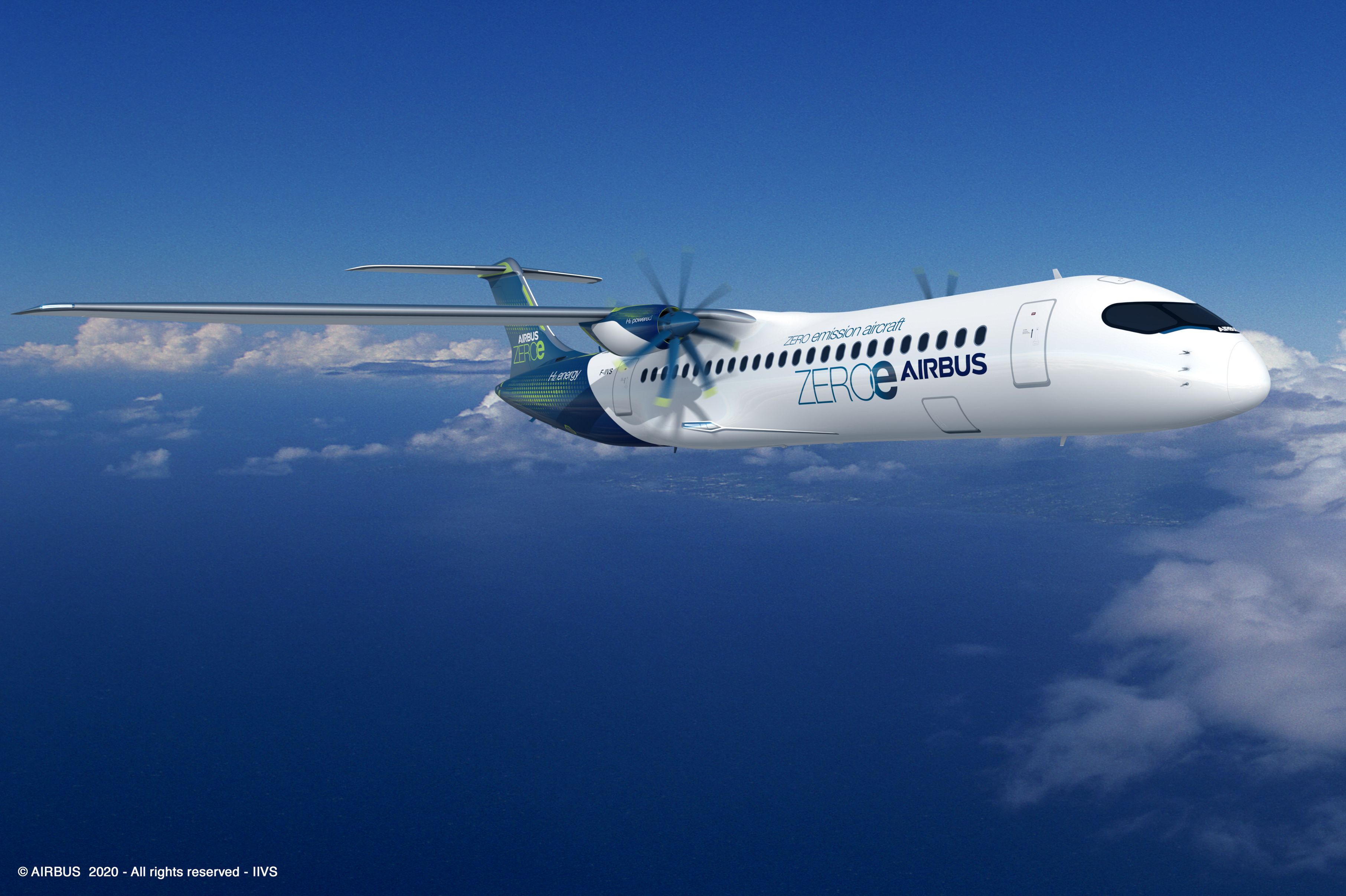By 2050, the French environmental and energy management agency, ADEME, expects a low-carbon mobility system running solely on gas, electricity and biofuel. Achieving carbon neutrality will require new infrastructure in line with future lifestyles and needs. This implies the introduction of an extremely advanced circular economy policy that considers the entire life cycle of every product. Engineering has a role to play in supporting this transformation and making it a reality.
ZEROe: the zero-emission hydrogen-powered aircraft of the future Airbus is betting on hydrogen as the clean aviation fuel to meet its carbon neutrality targets. The company recently unveiled three concept aircraft, all codenamed “ZEROe” for zero emissions, as part of a project aiming to decarbonize the entire industry, from hydrogen production to airport infrastructures. A setec team is handling project management tasks within the project’s zero-emission technology team.

End of work on T9. Paris > Orly Ville: a red carpet for a green tramway The project has moved forward at breakneck speed – 2 km of track per month –despite the health crisis, to enable the spring 2021 launch of the T9 tramway, entirely grass-covered for the 10 km separating Paris and Orly. As part of the iTRAM project management consortium (Ingérop, setec and Richez_Associés), setec is in charge of general planning, trackwork, bridges, certain urban developments, traffic signals and testing.
The project gives pride of place to cycling, walking and vegetation by widening the sidewalks and making them accessible, creating 16 km of dedicated bike lanes, planting 1,300 trees and developing 85,000 m2 of leafy areas. Even the trackwork has been adapted to limit the volume of concrete to the strict minimum, with girder rails laid only to the right of the tracks. The platform has a triple layer of earth with a particularly eco-friendly innovative watering system. Local materials, drought-resistant plants, reused platform structures and freight rail delivery all make this project a model our engineers intend to follow in the future.
Renewing bus fleets with electric vehicles for sustainable, carbon-free urban mobility The electrification of a bus network is an extremely complex task and only profitable in the long term. It requires a holistic approach considering a variety of criteria across the entire life cycle. To help project owners electrify their fleets, setec group‘s engineering teams have launched a comprehensive approach to modeling and simulating electric transport networks using the Volt@bus in-house tool. This enables them to define the most appropriate solution for each network and optimize recharging infrastructure, reducing the power required by 40-60%. It also takes into account all the parameters influencing vehicle fuel consumption.
setec has provided support to the cities of Montreal (220 bus lines) and Laval (44 lines on 1,400 km of network) in Canada, as well as Bordeaux in France, for the electrification of their bus networks. Design work is underway for the cities of Nagpur (India), Dakar (Senegal) and Toronto (Canada).